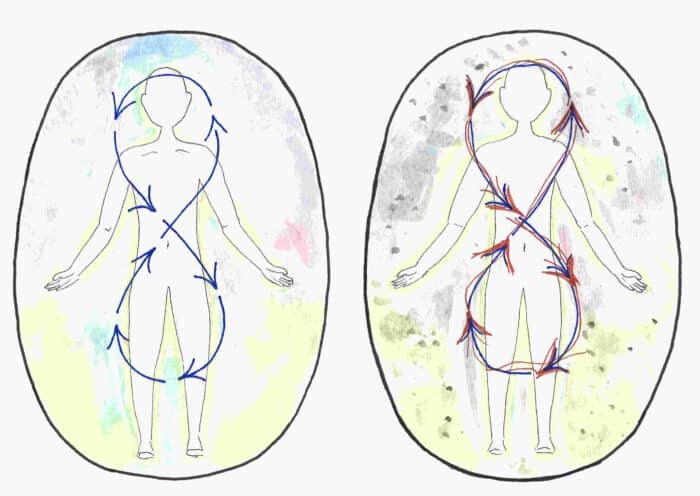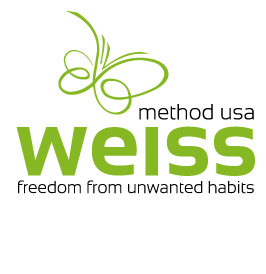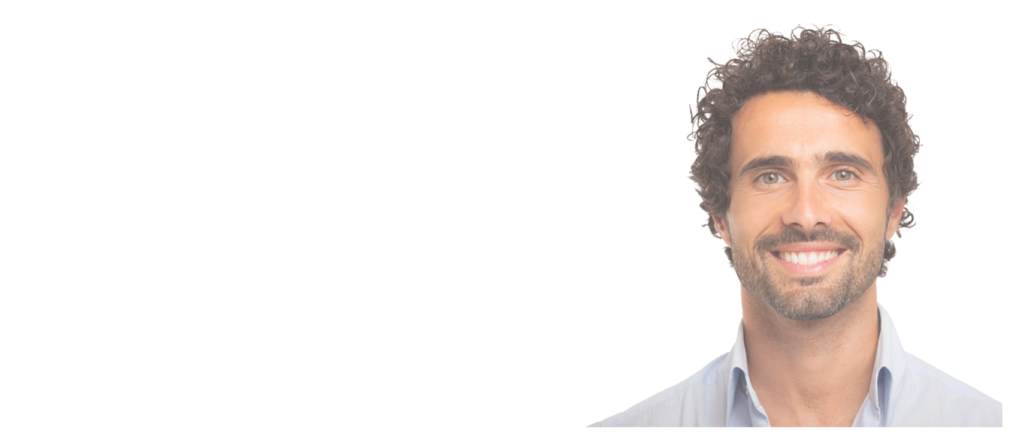
Humans process energy in two major ways – through automatic systems and systems that support our freedom of choice. It is within the automatic systems that the addiction cycle lives.
We don’t have to think about the automatic systems that help us perform a huge number of functions and tasks, from keeping our heart pumping to breathing to digesting food. Tasks that we perform on a repetitive basis ultimately get programmed into our automatic systems as well. Think of riding a bike, for example, we only have to learn how to do that once. Can you imagine if you had to learn how to walk every morning when you got out of bed? Or re-learn how to drive a car every time you get behind the wheel?
Our automatic systems are a marvelous part of our design that allow us to program ourselves to perform a huge array of tasks. They hold onto the learning process of particular proficiencies and are ready to act anytime we ask our systems to perform. Consider a task like typing. When first learning this skill, you have to think about where each character is located on the keyboard. But with more and more practice, you eventually don’t even have to look at the keys – your body’s automatic systems have taken over this process so that you can spend your time thinking about what you want to write about.
Our incredibly efficient automatic systems help us every single day to perform a multitude of tasks so we can live our lives the way we choose – right? Well, as we know, life is not that simple! Since these systems remember everything that we do on a repetitive basis, we have to be careful.
Hijacking the automatic systems
If we’re constantly checking our phone and scrolling through social media every 10 minutes, we program this behavior into our automatic systems. If we want to change this behavior, we must decide that we will not be distracted so easily anymore and work consciously to change the behavior – utilizing our freedom of choice systems.
Alcohol, nicotine, refined sugars and harmful drugs are considered chemically addictive. Part of the reason they’re addictive is that they’re experts at hijacking our automatic systems. The nature of an addictive substance causes a person to crave it increasingly, and the automatic systems – just doing what they’re designed to do – get abused. The substance takes over and can cut the person out of the decision-making process.
The core issue for the addiction cycle lies inside our freedom of choice systems – meaning that at some point, we made a decision, whether consciously or not, to allow the substance into our body – repetitively – thereby setting up the circumstance for our automatic systems to possibly get hijacked. And if they do get hijacked, the addiction cycle begins.
This is why the most important step to sobriety is the conscious decision to stop, as this is where the problem started in the first place – when we made that choice to repetitively allow the substance into our body. Some people can break the addiction cycle by simply making the conscious choice to do so. Other people make that choice but are unable to accomplish the goal to quit without outside help and assistance.
There are many paths to sobriety and recovery. The Weiss Method is one that offers non-invasive, one-on-one treatment with no medication, needles or hypnosis. The energy-based treatment cleans and rebalances a person at the root cause in the automatic systems.
Find more out about how the brain, stomach and blood are the main ringleaders in the addiction cycle and how they get hijacked and take over our lives by listening to or watching “The Addiction Cycle” at Weiss Method USA – YouTube.




